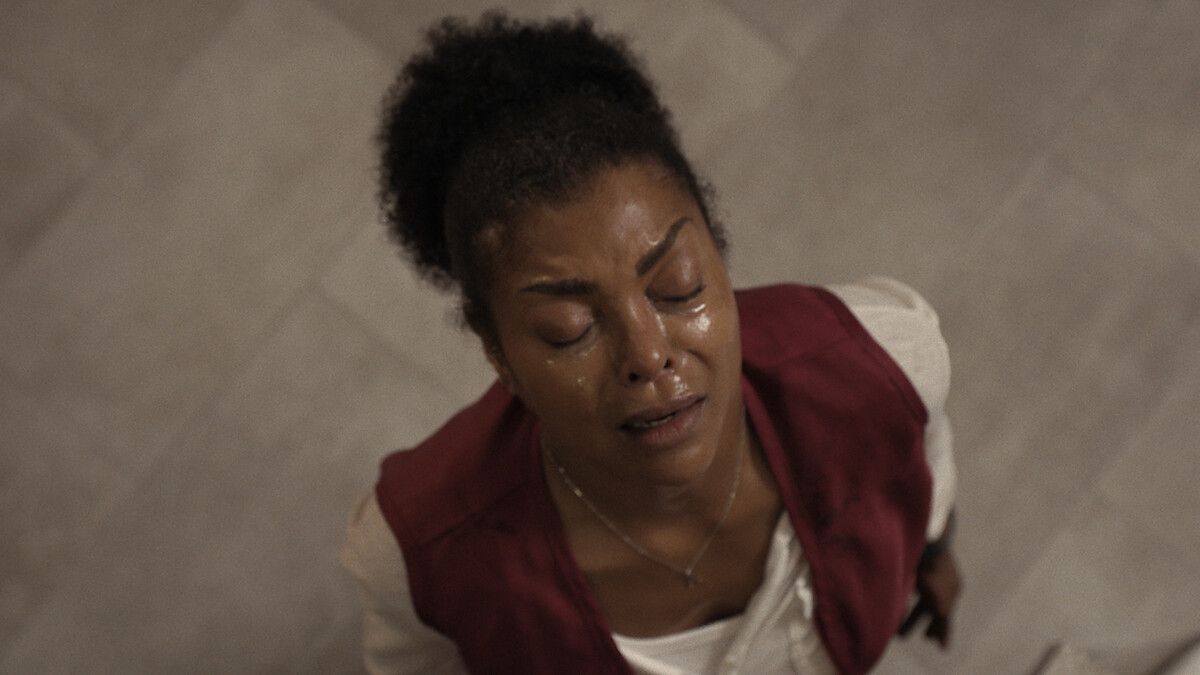Tyler Perry and why Black trauma still sells

Tyler Perry's Empire of Pain: Why Black Trauma Continues to Dominate Screens
Tyler Perry, the prolific filmmaker and media mogul, has built a formidable empire on stories saturated with Black trauma. From scorned wives seeking revenge to lonely mothers falling victim to deceit, pain, particularly Black pain, serves as the central narrative force in his films and television shows. While Perry enjoys immense commercial success, consistently topping box office charts and streaming platforms, his work faces persistent criticism for its reliance on depicting Black suffering. But why does this formula continue to resonate with audiences, and what are the implications of its prevalence?
A Brand Built on Struggle: The Perry Blueprint
Perry's formula is readily identifiable: a Black woman, often facing economic hardship, is betrayed by a partner and struggles against societal injustices. This protagonist may find solace through faith or a virtuous man, or she might succumb to despair. Regardless of the outcome, the story lingers in the wounds of her experiences. Examples abound, from the vengeful protagonist of "Diary of a Mad Black Woman" to the victimized matriarch in "A Fall From Grace." His latest projects, such as "Straw" starring Taraji P. Henson, continue this trend, exploring themes of poverty, betrayal, and imprisonment. Despite criticism regarding production quality and narrative predictability, these projects consistently attract large audiences.
Perry has stated that he understands his audience because he understands their pain, drawing parallels to his own upbringing marked by violence and hardship. He believes that people relate to pain, but is it time to question why that is the dominant connection?
The Politics of Black Suffering in Entertainment
The use of trauma as a narrative device in Black art is not new. Historically, Black artists have explored pain as a reflection of the Black experience, from slavery and segregation to systemic racism and economic inequality. However, critics argue that there is a crucial distinction between documenting trauma and exploiting it for entertainment value.
In Perry's narratives, pain often transcends being a narrative element; it becomes the entire plot. Characters often seem confined to their suffering, lacking opportunities for genuine growth beyond overcoming immediate crises. This has led to accusations of reinforcing a limited and stereotypical image of Blackness, one centered on hardship and salvation through suffering. The question arises: where are the stories of Black joy, Black leisure, and Black mediocrity? Why must every Black story carry the weight of historical and contemporary trauma?
Why Does Black Pain Still Sell?
Several factors contribute to the enduring popularity of Perry's work:
Familiarity: Many Black viewers recognize elements of their own lives and families in Perry's characters. The abusive relative, the absent parent, the devout grandmother – these archetypes resonate with lived experiences, offering a sense of catharsis, however flawed the depiction. Spirituality: Christianity plays a central role in Perry's storytelling. Characters frequently turn to prayer, scripture, and divine intervention for solace and redemption. This appeals to a large, faith-based audience that finds their spiritual struggles mirrored in the narratives. Limited Representation: For decades, Black stories were marginalized or erased from mainstream media. Perry's work, despite its flaws, consistently places Black faces, voices, and bodies on screen. For many, this representation, however imperfect, holds significant value. Market Conditioning: The entertainment industry has historically rewarded narratives centered on Black trauma. Award-winning films like "12 Years a Slave" and "The Color Purple" often focus on suffering, creating a cycle where trauma becomes the most marketable representation of Blackness.
Expert Perspective: Trauma and Representation
Dr. Aisha Thompson, a professor of African American Studies at Howard University, offers a critical perspective: "While it's important to acknowledge the historical and ongoing trauma faced by Black communities, the constant repetition of these narratives without nuance or complexity can be detrimental. It risks reducing Black identity to a singular experience of suffering and can perpetuate harmful stereotypes. Representation is crucial, but it must be multifaceted and celebrate the full spectrum of Black life."
The Bigger Picture: A Systemic Issue
Attributing the issue solely to Perry overlooks the broader problem within the entertainment industry. Hollywood, and even Nollywood, has a history of commodifying Black trauma. From slave narratives to inner-city struggle films, there is a well-established formula that audiences have consumed for years. Perry has effectively packaged this formula for mass consumption through slick marketing, recognizable stars, and a touch of redemption. He didn't invent the trope, he perfected the algorithm.
Moving Forward: Beyond Trauma
To his credit, Perry appears to be aware of the criticism and has occasionally expressed a desire to evolve. Shows like "Sistas" and "Zatima" attempt to explore friendship and romance with greater nuance, although they still incorporate elements of chaos. However, perhaps the solution lies not only in "doing better" but also in sharing the platform. Perry could collaborate with other Black creatives, particularly women, to bring diverse voices and perspectives to the forefront. While pain may sell, it should not be the sole currency in Black storytelling.
Film critic Jelani Cobb notes, "The challenge for Black artists is to navigate the complexities of representing trauma without succumbing to its exploitation. It requires a delicate balance of honesty, empathy, and a commitment to showcasing the resilience and humanity of Black people beyond their suffering."
Originally sourced from: Movie
